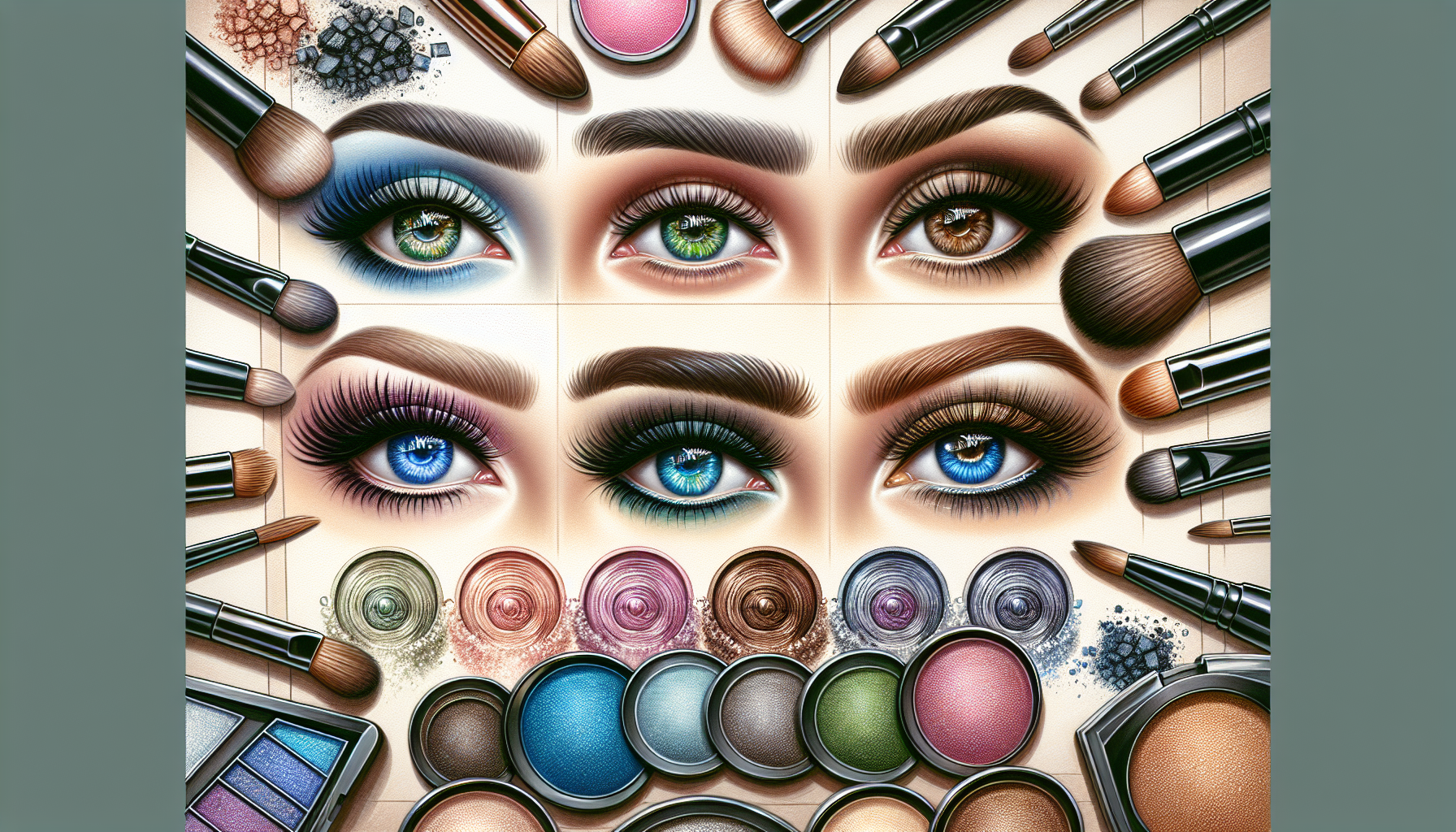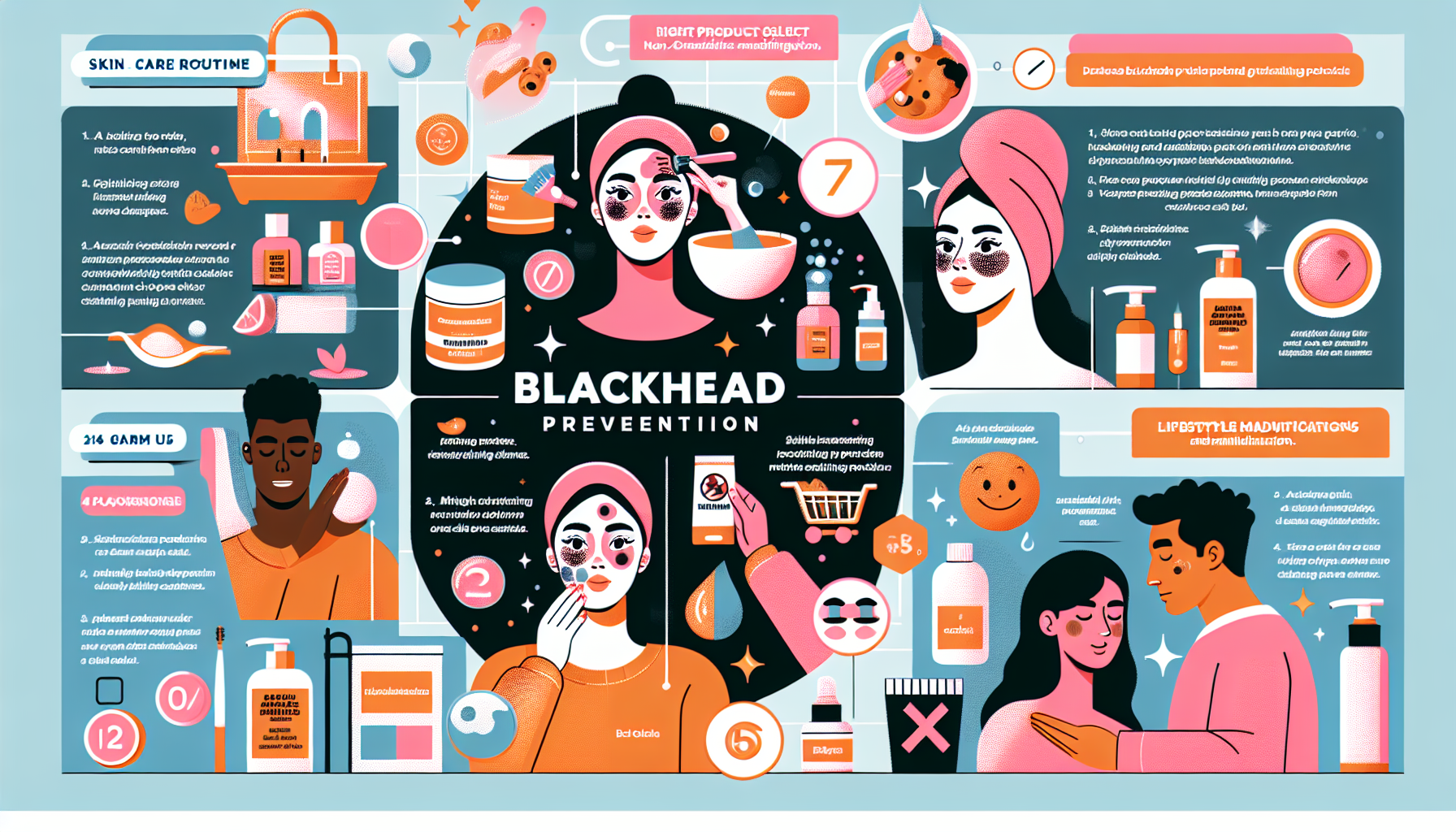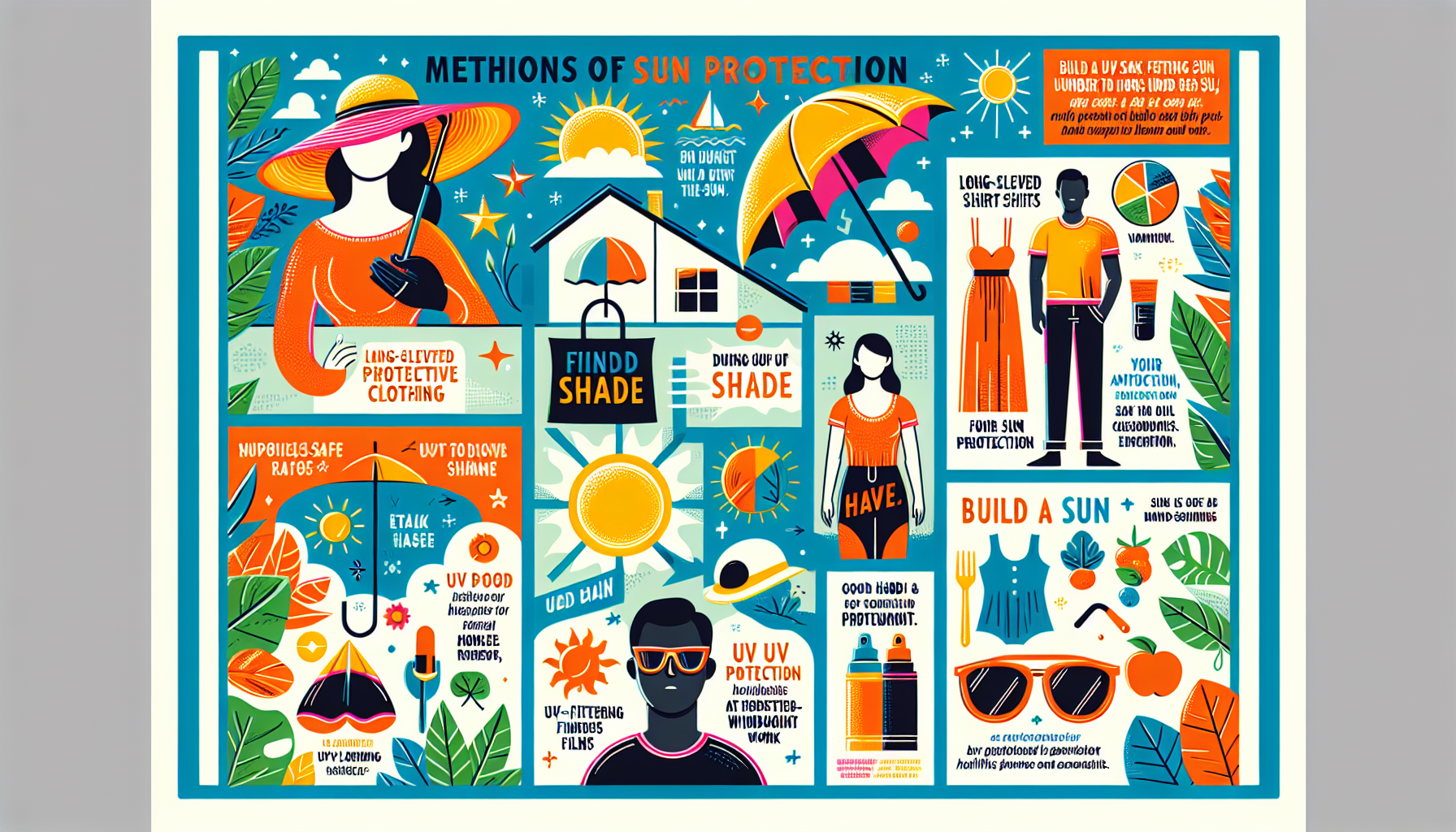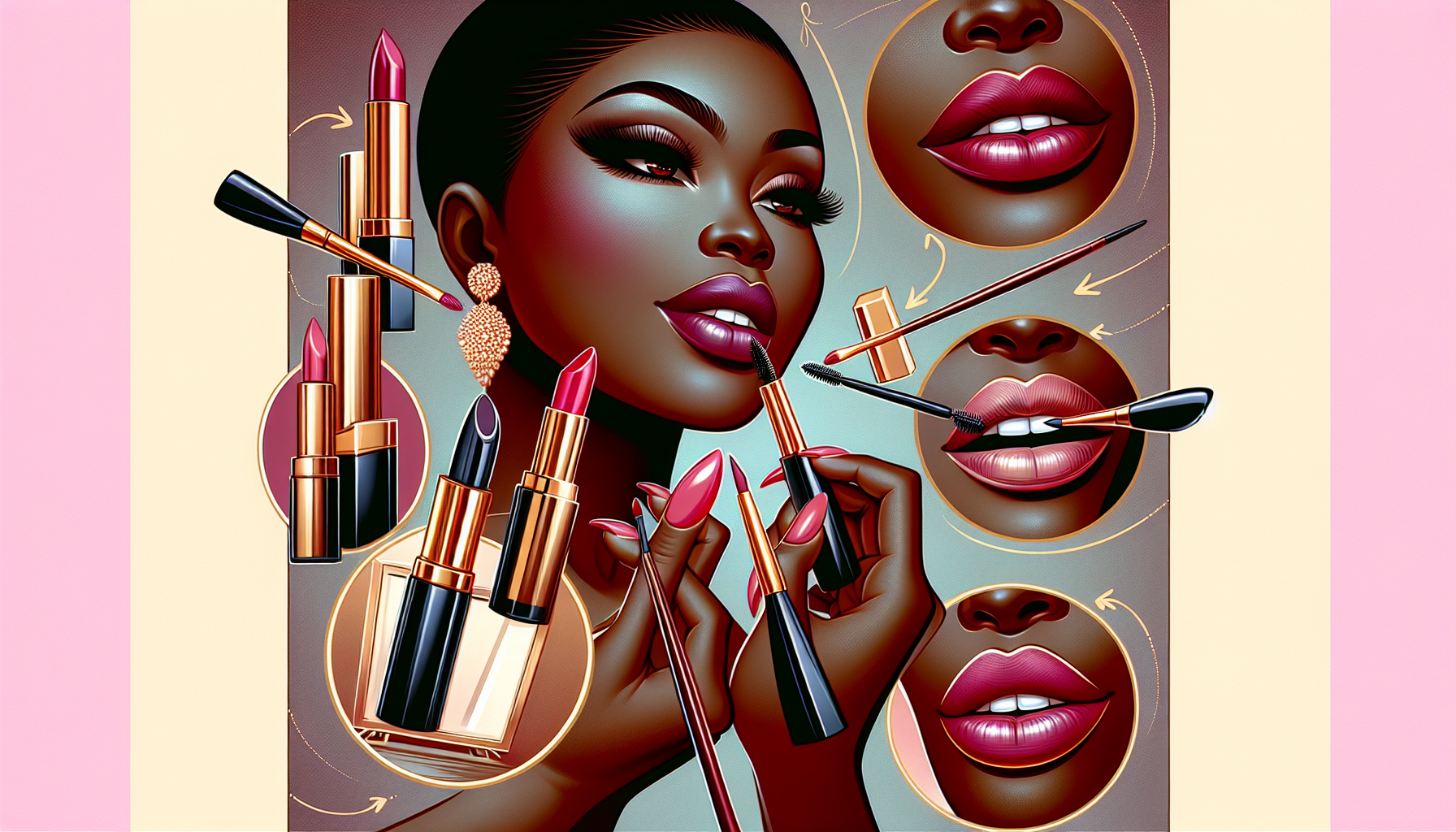Welcome to our guide on How to Mix and Match Patterns Like a Pro—a deep dive into the art of combining patterns in fashion, interior design, and beyond. This course is designed to help you navigate the complexities of pattern mixing, equipping you with the knowledge, tips, and techniques needed to confidently play with patterns. From understanding the basics and the psychology behind pattern impact, through mastering fundamental mixing rules, to exploring advanced mixing strategies for creating your unique style, this course covers it all. Whether you’re a budding designer, a fashion enthusiast, or someone looking to add a splash of creativity to your space, these lessons will transform how you view and use patterns in any design context.
Lesson 1

Understanding Patterns and Their Impact
Understanding patterns is not just about knowing stripes from polka dots. It’s about comprehending the very fabric (pun intended) that makes our visual world intriguing and harmonious. Patterns have the power to transform spaces, convey moods, and even influence decisions. In this exploration, let’s dive deep into the wonderous world of patterns, learn their types, appreciate their psychological impact, and discover the principles of visual harmony.
Introduction to Patterns
Patterns are everywhere! From the clothes we wear to the designs that adorn our homes, they are an integral part of our daily lives. There are several basic types of patterns, each bringing its own flavor and character to the table. Stripes, polka dots, florals, geometric, and abstract are just the tip of the iceberg. A truly seasoned designer knows how to recognize and wisely implement these patterns to create engaging and dynamic designs.
The Psychology of Patterns
Have you ever wondered why certain patterns make you feel calm while others excite you? Patterns can influence our perception and mood significantly. For instance, calm, repetitive patterns might induce a feeling of tranquility, whereas bold, irregular patterns might evoke excitement or even agitation. Understanding this psychological impact is key to effectively using patterns in any design project.
Visual Harmony
Creating a balanced aesthetic through pattern variation is nothing short of art. It involves playing with scale, color, and arrangement to achieve a look that’s neither too chaotic nor too dull. Principles of visual harmony guide us in mixing and matching patterns in a way that pleases the eye and evokes the right emotions.
And there you have it: a guide to understanding patterns and their undeniable impact on our visual world. Embracing these insights will not only enhance your designs but also bring a deeper appreciation of the patterns all around us.
Lesson 2

The Fundamental Rules of Mixing Patterns
Mixing patterns is an art form that brings life and vibrancy to any design, but it’s not just about throwing different patterns together and hoping for the best. There are fundamental rules to follow that ensure your pattern mixing feels intentional and cohesive. In this guide, we’ll explore these essential principles, focusing on scale and proportion, color theory, and pattern hierarchy. By understanding these rules, you’ll be well on your way to mixing patterns like a pro, adding depth and personality to your designs.
Scale and Proportion
The first rule of thumb when mixing patterns is to pay attention to scale and proportion. The idea is to vary the size of the patterns you’re combining to create a balanced look. For example, pairing a large floral print with a smaller geometric pattern can produce a visually appealing contrast. Remember, when patterns are of a similar size, they compete for attention, leading to a chaotic appearance. Instead, aim for a harmonious relationship between the patterns by varying their scale.
Color Theory in Patterns
Color plays a pivotal role in linking different patterns together. Utilizing a consistent color palette across the patterns can magically unite them, even if the patterns themselves vary significantly. Think of color as the thread that weaves different patterns into a cohesive design. When selecting patterns to mix, choose those that share at least one color. This shared color will help create a visual connection between the patterns, making your design feel more intentional and unified.
Pattern Hierarchy
Just like in any good story, there needs to be a lead character. In pattern mixing, this is where the concept of pattern hierarchy comes into play. Decide which pattern will be the dominant one and let the others play supporting roles. This hierarchy not only adds depth to your design but also prevents patterns from clashing. A dominant pattern tends to be larger and bolder, while the supporting patterns are more subdued. This approach ensures that your design has a focal point, making it more visually engaging.
In summary, mastering the rules of mixing patterns is crucial for creating balanced, cohesive, and visually striking designs. By considering scale and proportion, maintaining a consistent color palette, and establishing a pattern hierarchy, you can confidently mix patterns like a pro. These principles are your guidelines, but don’t forget – the most important rule is to have fun and let your creativity flow!
Lesson 3

Advanced Techniques for Pattern Mixing
Exploring advanced techniques for pattern mixing is a thrilling adventure that takes your design game to new heights. This guide is all about breaking the conventional bounds, injecting creativity, and ultimately, cultivating a signature style that resonates with your personal or brand identity. Dive into these innovative methods, including mixing similar patterns with a twist, mastering juxtaposition and contrast, and crafting a signature style. Let’s unlock the secrets to creating dynamic, eye-catching designs that tell a story.
Mixing Similar Patterns with a Twist
Who said similar patterns couldn’t play nicely together? The trick lies in introducing slight variations to create depth without overwhelming the senses. Think about utilizing the same pattern type in different scales or colors. For instance, pairing large polka dots with their tinier counterparts or combining blue-striped patterns with red-striped ones. This approach retains a cohesive theme while introducing an element of surprise and sophistication to your designs.
Juxtaposition and Contrast
Embrace the boldness of contrasting patterns to make a statement. Juxtaposing two contrasting patterns can result in a striking visual effect that draws attention and adds character. However, the key to success is balance. Mix a busy, intricate pattern with a simpler, more subdued one to maintain visual harmony. This technique not only showcases your creative flair but also emphasizes the dynamic nature of your design.
Creating a Signature Style
Developing a unique approach to pattern mixing is what sets true designers apart. Your signature style is your personal stamp, a reflection of your creativity and vision. Experiment with different techniques and combinations to discover what resonates with you. Whether you lean towards bold and eclectic or subtle and sophisticated, your signature style should be a testament to your identity as a designer.
In conclusion, mastering advanced techniques for pattern mixing allows you to push creative boundaries and craft truly unique designs. These methods are a starting point, a source of inspiration to explore and refine your approach. Remember, the ultimate goal is to express yourself and communicate visually in a way that captivates and resonates. The world of pattern mixing is vast and varied—dare to leave your mark.
In conclusion, How to Mix and Match Patterns Like a Pro has empowered you with the fundamentals, strategies, and creative insights needed to confidently blend patterns in any design endeavor. We’ve journeyed through understanding patterns and their psychological impacts, grasped the essential rules of pattern mixing, and explored advanced techniques for developing a distinctive style. This comprehensive course has equipped you to not just follow trends, but to set them, by weaving your unique signature into the fabric of your designs. To test your newfound knowledge and skills, a 10-question quiz awaits below. Challenge yourself and see how much you’ve learned about the art of mixing and matching patterns.
Test Your Knowledge With this short Quiz
Click here to copy your score to share on facebook!







